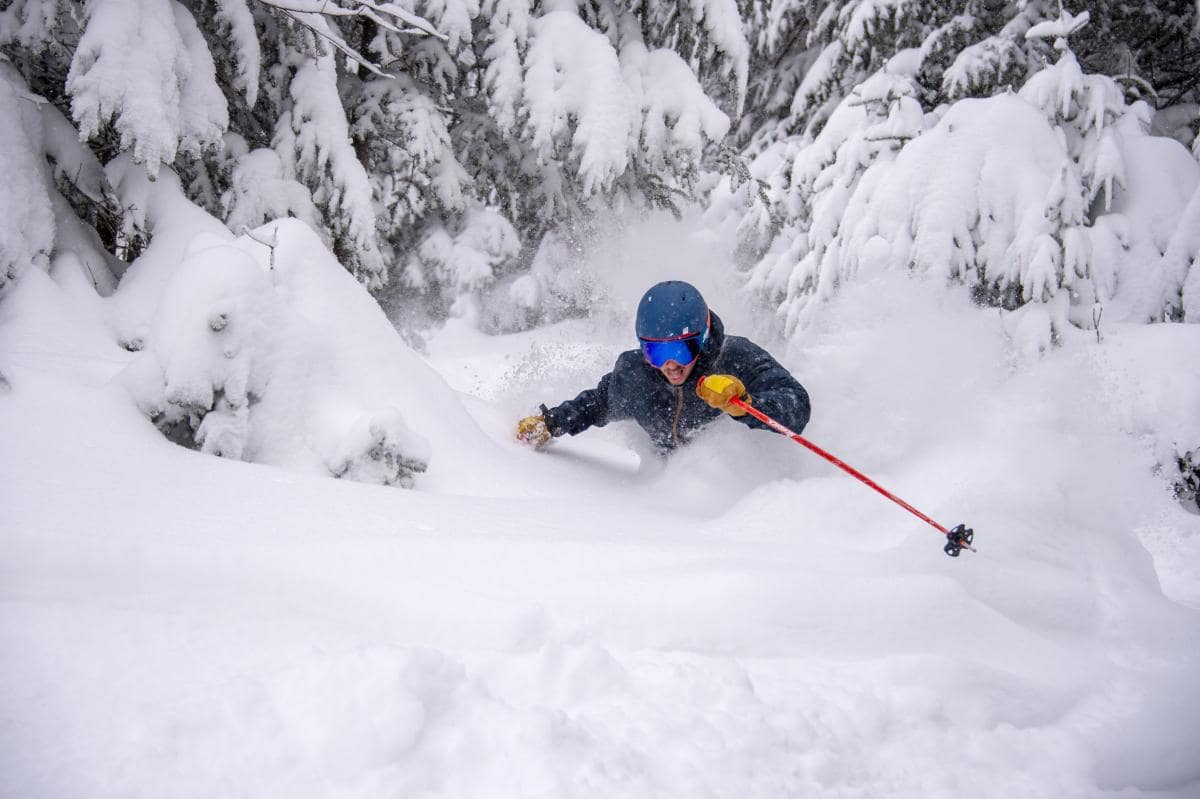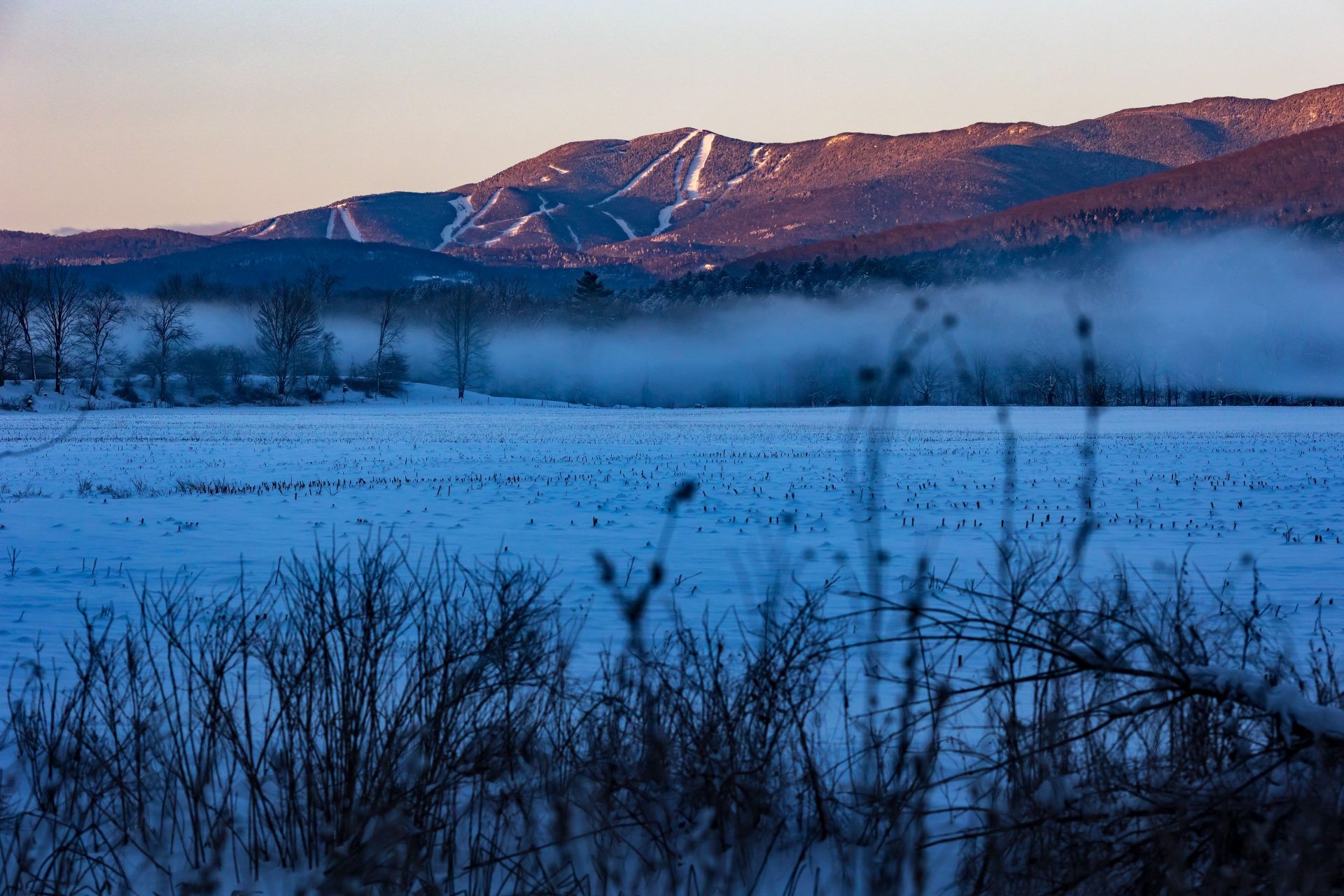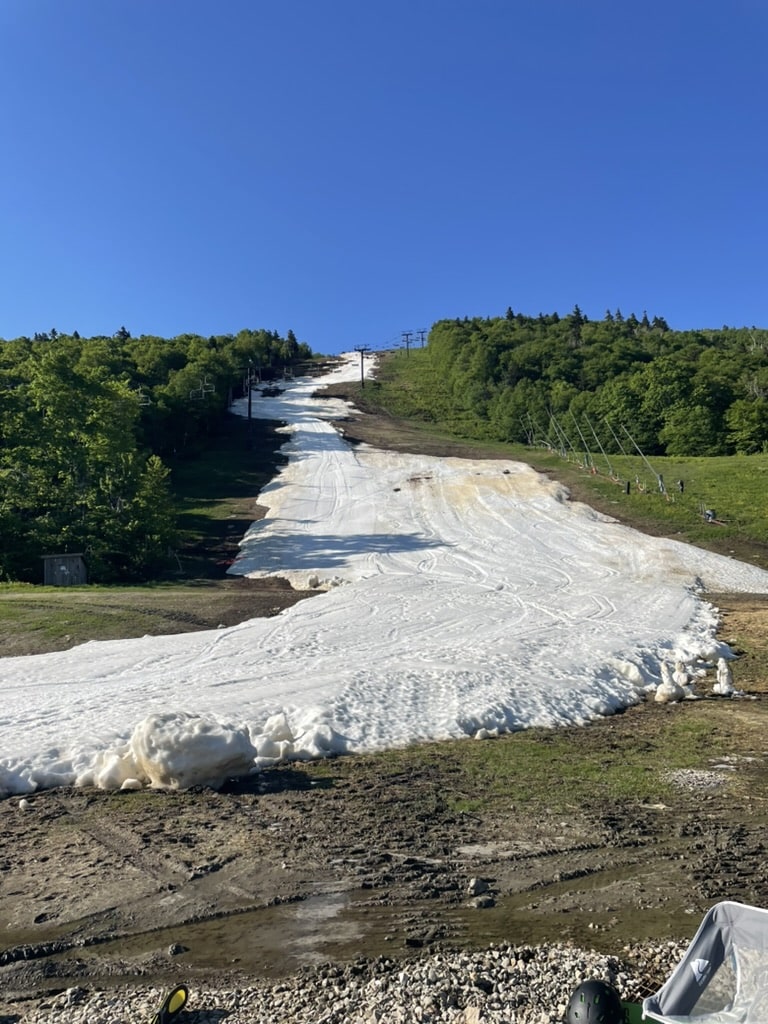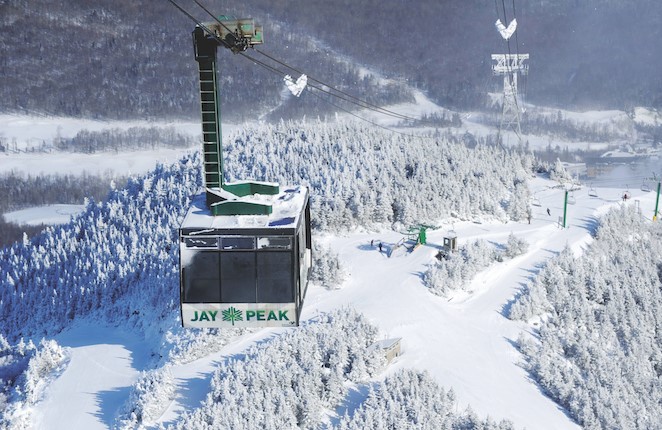
Any discussion of the ski season has to start with the weather and the 800-pound gorilla outside the room. Eastern skiers and riders want it cold for snowmaking while they wait for snow; Western residents need big storms to cover their great expanses of terrain. Early season conditions for the 23-24 season posed challenges for both eastern and western ski areas: “Some ski area operators described the season as a roller coaster,” Kelly Pawlak, President and CEO of the National Ski Areas Association (NSAA) said.
Regional and National ski area associations have released preliminary ski visit data for the 2023-24 ski season. While numbers are down, the season was still considered strong, and the outlook for 24/25 is positive. Ski Vermont reported 4.1 million visits, a half percent decrease from 22-23, while Ski New Hampshire reported 2.17 million visitors, posting a four percent decline. The NSAA reported a total of 60.4 million skier visits with an eight percent decrease from 22-23. A visit is recorded every time an individual uses a lift ticket or a pass.

Vermont and New Hampshire ski areas reported a slow start to the season and lackluster Christmas and MLK day visitor numbers. That changed drastically with the late-season snow in March and April; the eclipse brought additional record crowds to Northern Vermont’s ski areas. “Ultimately those storms resulted in a net gain of skier visits,” Jessyca Keeler, Ski NH president said. “But that gain was not evenly distributed.” Vermont and New Hampshire enjoyed a robust late season with some resorts extending their seasons. Killington, Vermont, known for its late-season skiing, was open Fri-Sun during May and closed on June 1.
Season passes remain the primary product used by skiers and riders for the fifth consecutive season, making up half of all visits, according to the NSAA. 30 percent of visits were from day ticket sales, which will probably continue to decrease as day lift ticket prices continue to increase. The last 20 percent of visits are accounted for by employee/complimentary passes and frequency products such as grade-school passes. With so many pass products available, many skiers are incentivized to ski long before the first snow falls. In a surprise move, Jay Peak recently announced that it is freezing or reducing prices on a wide range of options and services to help offset the impact of inflation.

Early season pass sales have just concluded and many passionate skiers and riders have already purchased pass products like Ikon, Epic, Indy Pass, or stand-alone single mountain passes. These early sales signal to ski areas the extent of customer commitment and business potential for next season. Today’s skiers and riders can choose from a wide array of ski resorts, both domestic and foreign, and can travel to these areas more easily than ever before. Enticing visitors to purchase passes early has led some resorts to hold prices steady and offer re-up incentives.
The Indy Pass has sold out and its management has not decided if they will offer more passes later this year. Todd Burnette, CEO of Mountain Collective, indicates that early pass sales are good. Perennial powerhouse Epic reports that through the end of May, sales for 2024-25 declined about five percent compared to May 2023; renewal rates among longer-tenured Epic pass holders were higher than last year, but renewals for shorter-tenured pass holders were down.
No word has emerged yet from Ikon regarding early 24/25 pass sales. Both Vermont and New Hampshire have ski areas on popular products like Ikon, Epic, and Indy Pass and they benefit from their sales. More targeted research is needed to understand how these passes impact intra-regional skier and rider visits. While controversial to some, these new pass products have provided skiers with a wide array of choices, and purchasing a pass motivates customers to ride even when conditions may not be ideal.
Both snow sports fans and ski areas are looking forward to next season. Ski VT and Ski NH see strong demand as ski areas continue to invest and prepare for next year improving their snowmaking and grooming to motivate their potential customers. Molly Mahar, President of Ski Vermont, points to “the efficiency and sustainability advances that Vermont’s alpine ski areas have made, particularly in snowmaking operations.” Snowmaking, grooming, facilities, and non-skiing mountain experiences will continue to be fine-tuned and expanded to attract customers. It will be interesting to see what other policies other ski areas will implement. While summer has just started, it’s time for skiers and riders to hit the wax room and start getting ready for the 24/25 season; they have good reason to be psyched.
